A Comprehensive Guide to Sales Content Management
What is sales content management, and why does it matter? This guide breaks down everything you need to know to organize, share, and scale your sales content.
What is sales content management, and why does it matter? This guide breaks down everything you need to know to organize, share, and scale your sales content.

Sales teams don’t just sell anymore, they educate, advise, and influence. And that means they rely heavily on the sales content.
However, as per Forrester, 65% of sales content goes unused because reps either can’t find it, don’t trust it, or don’t even know it exists. This slows down the sales cycle and leads to inconsistent messaging and missed opportunities.
That’s where sales content management comes in.
It is the process of organizing, storing, and delivering sales content in a way that makes it easy for your team to find, use, and personalize.
This guide will walk you through exactly how to do that. Let’s dive in.
Sales content management refers to the structured process of creating, organizing, and delivering sales training material in a way that supports reps while selling a service or product.
It ensures that content is easy to access and is aligned with the buyer’s journey, messaging goals, and brand standards.
Today’s buyers expect a personalized experience. To deliver that, your sales team needs content that speaks directly to each one’s needs, at every step.
In fact, 62% of B2B buyers in a recent survey said that they make a decision based on online content alone. But only if it’s relevant, timely, and trustworthy.
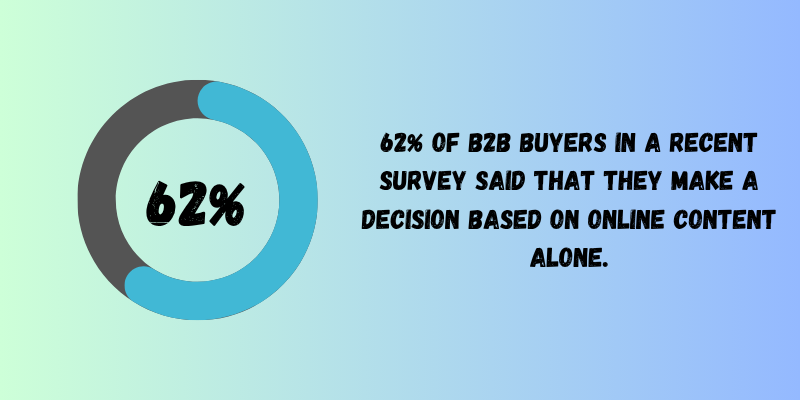
This shows the importance of having up-to-date content that can attract buyers.
Sales content is about what moves the buyer forward. To do that, you need to manage a mix of content types that align with different stages of the buyer journey. Here’s a breakdown of the key content types every sales team should organize and track:
Sales decks are the visual storytelling tools of your sales process. These are often used during live calls or meetings to explain your product, showcase benefits, and handle objections.
A well-structured deck helps reps guide the conversion, stay on message, and build trust. You can create different decks for different buyer personas, industries, or pain points. That way, your messaging always feels relevant.
These pieces provide real-world proof that your product works. A case study usually tells the story of a customer challenge, how your company helped, and the results they achieved.
On the other hand, testimonials can also be short quotes or videos that build trust in seconds. Both work especially well in the middle and bottom of the funnel.
In fact, a survey found that over 90% of the buyers rely on peer recommendation for their purchase.
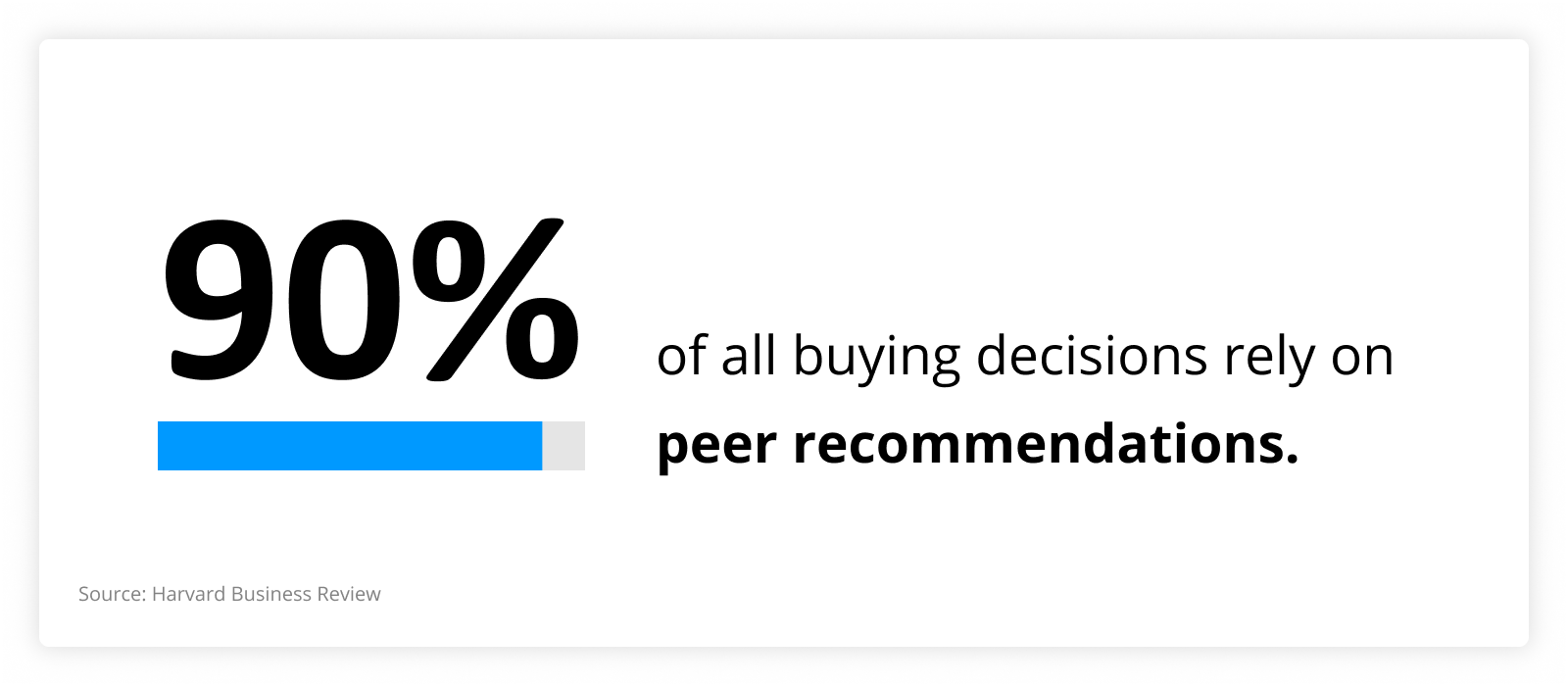
These are simple, concise documents that summarize your product or service. They often include features, benefits, technical specs, and how it compares to competitors. Think of them like cheat sheets for busy workers who want the essentials quickly.
Moreover, they are great for technical stakeholders or procurement teams who need clarity before saying yes. Reps should always have updated versions on hand.
Email templates save time and keep messaging consistent. Whether it’s cold outreach, nurturing follow-ups, or post-demo recaps, templates help reps send messages quickly. The best part is they can be personalized with just a few tweaks.
Sales scripts do the same for calls. They give reps a solid framework so they don’t go off track. And for newer salespeople, scripts boost confidence in live conversations.
When deals reach the final stage, clarity matters most. Pricing guides and proposal templates help buyers understand what they’re getting and what it’ll cost, without confusion. These documents show connections between features and ROI and make price conversations easier.
If the proposals are managed poorly, it can delay deals or lose them entirely. Studies show that over 40% of B2B sales stall at the end of the sales funnel due to unclear pricing, packaging, or deliverables.
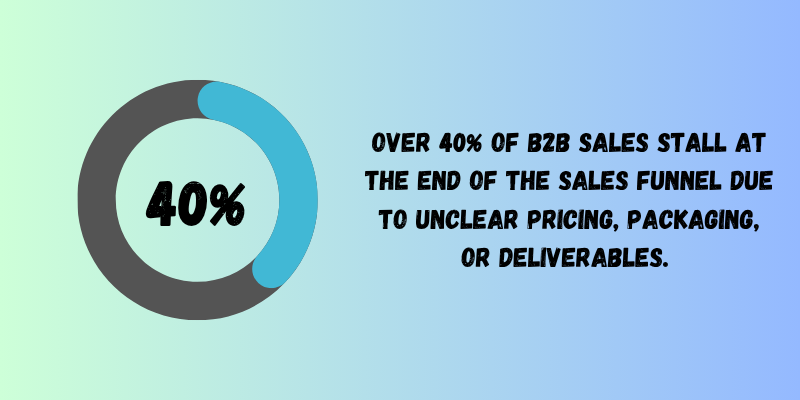
While blogs may sound like marketing’s job, they’re gold for sales too. Reps often share blog articles with prospects to educate them, open doors, or handle objections indirectly. A well-timed blog can explain a complex concept or position your company as an expert in a specific field.
For instance, sending a prospect an article like “Best Online SaaS Onboarding Tools” can start a meaningful conversation.
This is even backed by research that shows that blogs generate 67% more leads for companies than the ones that don’t publish them.
Sales content management isn’t just about having documents in the right folders. It’s about giving your sales team the tools and confidence to engage buyers more effectively, close deals faster, and avoid wasted effort.
Let’s dive into the benefits:
When sales reps can find the right content instantly, they spend less time searching and more time selling. Instead of digging through inboxes or old folders, everything needed, like presentations, case studies, templates, is at their fingertips.
This reduces friction and speeds up every step of the buyer conversation. And with sales reps spending only 28% of their time actually selling, proper content management can make the cycle faster.
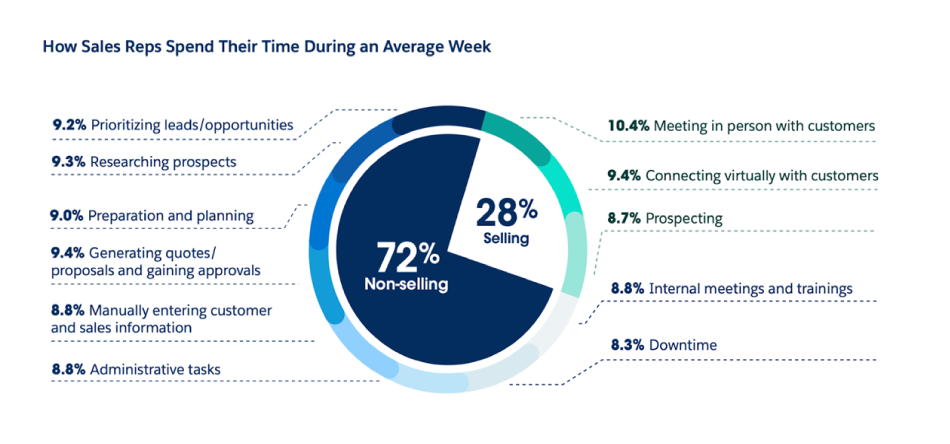
If one rep is sending a two-year-old pitch deck and another is using an updated version, you risk confusing buyers. With managed content, everyone speaks the same language, uses the latest data, and stays on-brand.
Buyers want clear, useful information at the right time. When your team delivers tailored, helpful content instead of generic PDFs, it shows you’re listening and understand their needs. This improves the overall buying journey and makes it more likely they’ll choose you.
Your marketing team creates great content but is it being used?
Sales content management tracks usage, engagement, and results. That means no more guessing what works. You can invest in the content that closes deals and stop wasting time on what doesn’t.
New sales reps ramp up faster when they have the right content from day one. Experienced reps perform better when they personalize and share proven assets. This raises overall teams performance and removes the guesswork from selling.
As per Forrester, businesses that have strong content alignment, see an increase of 15% in profitability.
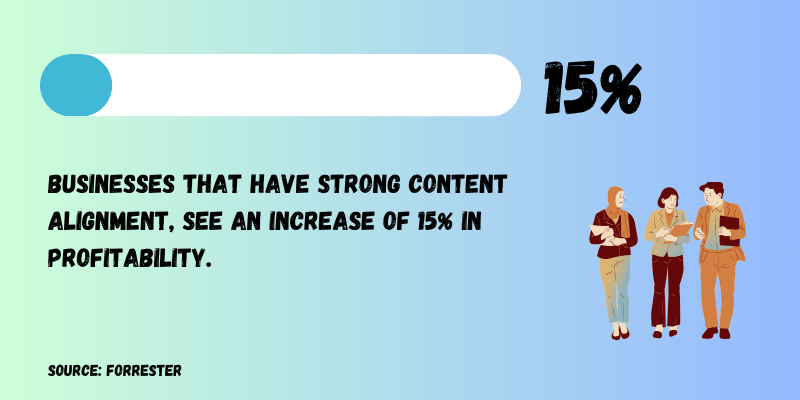
But, one question still remains: How can someone manage all the content and make the process more efficient?
A Sales Content Management System.
Let’s find out more about it ahead and how you can choose the best one.
A Sales Content Management System, is a centralized platform where your sales team can store, organize, access, and share sales-related content. Think of it as a smart content library, purpose-built for sales, not just a folder in Google Drive or a random Slack thread.
It’s designed to make sure every rep has what they need and when they need it without the mess or confusion.
Without a proper system, sales reps often spend hours each week looking for the right files or end up sending outdated materials to prospects. This leads to delays, confusion, and missed opportunities.
A Sales CMS solves this by:
Not all content management tools are built for the sales team. A true Sales CMS goes beyond basic storage and gives your team the structure, speed, and insights they need to perform at a higher level.
Here are the must-have features to look for:
Reps should be able to find what they need in seconds. That’s why a Sales CMS should support advanced search filters, like funnel stage, industry, product line, and customer persona. This way they won’t have to waste time hunting through folders.
For instance, Coursebox uses tag-based navigation to help sales teams find the exact resources at the right moment.
Outdated decks or expired pricing sheets create confusion and lost deals. But by using a Sales CMS, you get the latest and approved versions only. This eliminates accidental errors and protects your brand consistency.
While working in a sales team, you need to know what’s working. That’s why you must have a CMS that has built-in analytics and shows which content is most used by reps and what content is leading to more conversions.
The best CMS systems work inside the tools your team already uses. Whether it’s Salesforce, HubSpot, or Gmail, sales reps should be able to access and share content without leaving their workflows.
Tools like Coursebox integrate their LMS with Salesforce to automatically surface relevant content based on deal stage or lead profile.
Not every user should access every file. Your CMS should allow for permissions by team, department, or geography. This keeps sensitive documents secure and avoids clutter for end users.
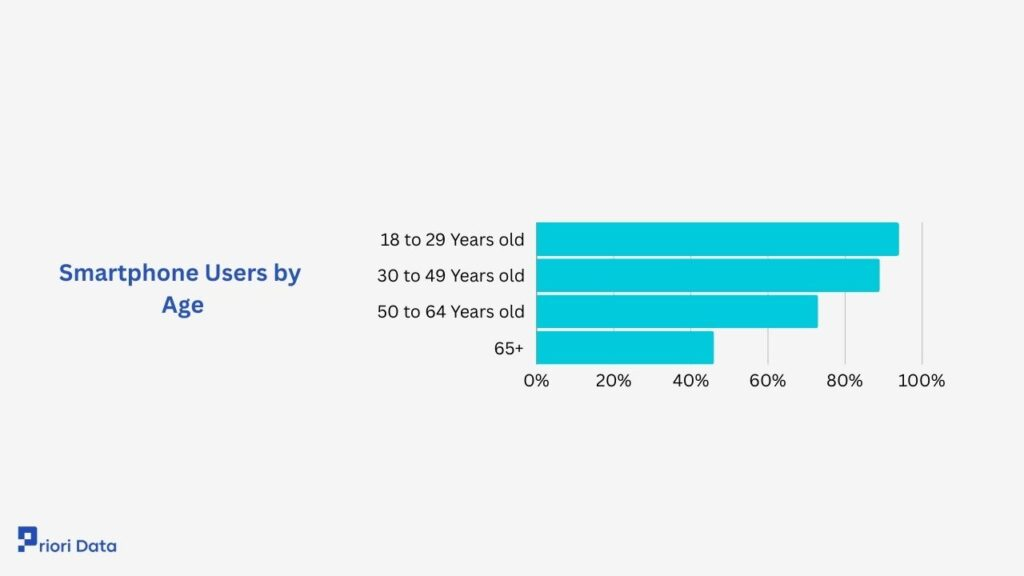
With almost 5 billion smartphone users, it’s important that the CMS you choose should have mobile eLearning capabilities. This way the sales reps can understand content on the go and don’t have to sit inside a room and listen to the entire sales plan.
Smart sales teams are moving fast and they need systems that keep up. Automation is now a must-have feature in any modern CMS. Most importantly, it saves time and eliminates human error.
This is one of the go-to features of Coursebox. It allows users to automate content workflows, so when marketing uploads a new case study, it’s instantly tagged.
Moreover, Coursebox offers an AI Tutor Chatbot through which the sales reps and the customers can get the answers they’re looking for in real time.
Sales content management does much more than organize documents. It actively makes your sales process faster, smarter, and more effective.
Let’s find out how.
Sales reps waste a surprising amount of time just looking for the right content. Whether it’s a pitch deck, case study, or product sheet, every minute spent searching is a minute not spent selling.
With a proper system, everything is easily searchable and categorized by funnel stage, industry, or persona.
Personalization closes deals. A good system allows reps to filter or customize content based on the buyer’s role, industry, and challenge. This makes each conversation more relevant, which builds trust faster.
Instead of sending generic brochures, reps deliver messaging that actually speaks to the buyer’s priorities.
When the right piece of content reaches the buyer at the right time, it moves deals forward. Whether it’s testimonial after a demo or a pricing guide before procurement, timing matters.
According to Salesforce’s State of Sales report, high-performing sales teams are 2.3x more likely to use guided selling tools like content management platforms.
Most sales teams aren’t losing deals because their product is weak. They’re losing because their sales content management is broken.
Reps can’t find the right content because of outdated materials due to which the sales process suffers. It’s not a performance issue, it’s a delivery problem.
That’s where Coursebox changes the game.
It’s an AI-powered platform built to help teams organize, scale, and deliver high-impact content in minutes. With it, you can turn sales docs and presentations into interactive AI videos for your sales team and the audience.
So, if you’ve made up your mind to turn your content into a growth driver, try Coursebox for free today.
Sales content is created specifically to help sales reps close deals. It includes items like pitch decks, email templates, objection handling sheets, and proposals. Marketing content, by contrast, aims to attract leads and build brand awareness. While both overlap, sales content is more targeted toward the bottom of the funnel.
Sales content should be reviewed and updated at least every quarter or after any major product or policy change. Keeping content fresh ensures reps deliver accurate messaging, aligned with current offerings, and buyer expectations.
Most common mistakes include storing files across multiple locations, failing to version control, ignoring rep feedback, or leaving content outdated. Another big issue is creating too much content without tracking what’s actually being used.
Yes, but wisely. AI can quickly draft sales emails, suggest messaging based on buyer persona, or generate onboarding materials. This saves time and boosts personalization. However, human review is essential to ensure tone, accuracy, and emotional intelligence align with your brand and market.
